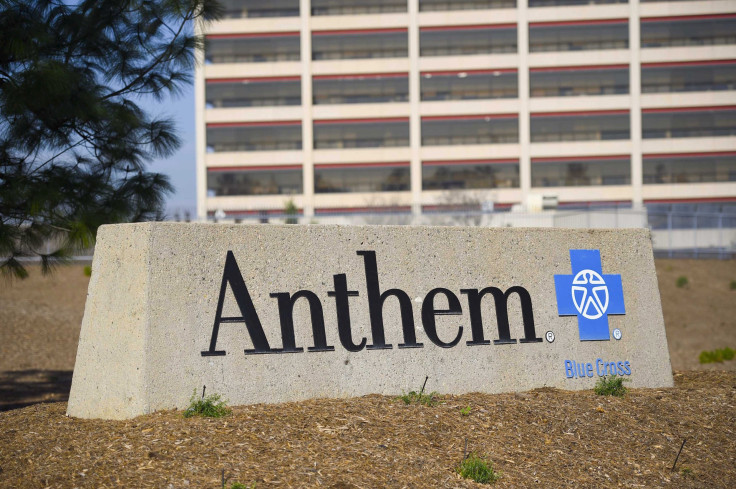Anthem (ANTM) Earnings: Higher Premiums, More Members Help ‘Blues’ Insurer Beat First-Quarter Expectations

Thanks to higher premiums and membership, the health insurer Anthem Inc. (ANTM) reported better-than-expected first-quarter earnings and revenue Wednesday. Still, the company's net income of $703 million fell 18.7 percent from the previous year's 865.2 million.
As many companies' first-quarter earnings roll in, health insurers are being carefully watched for clues as to how they are faring selling policies on Affordable Care Act exchanges, especially after the country's biggest insurer, UnitedHealth Group, said last week it would exit most of those exchanges due to hundreds of millions in losses from them. In reporting its earnings, Anthem did not directly address the question of these marketplaces. Instead, it made only passing reference to notable costs incurred on them.
For the first quarter, Anthem posted adjusted earnings of $3.46 per share — up 10.2 percent from the previous year — on operating revenue of nearly $20.3 billion. That revenue represented a 7.7 percent increase from the nearly $18.9 billion in revenues from the prior year's first quarter.
The Medicare and Medicaid businesses for the Indianapolis-based company helped drive that growth, the company said. Enrollment grew in Medicaid, while medical cost performance in Medicare improved.
Rising enrollment and increased premiums also helped boost revenue, the company said.
Overall, enrollment in Anthem businesses, which include Blue Cross and Blue Shield in some states, increased 2.6 percent, or 1.1 million members, bringing total membership to 39.6 million in the year that ended March 31.
The company said it had increased premiums to "cover overall cost trends." It also noted that its benefit expense ratio, which reflects how much insurers are paying out in medical claims compared to how much they bring in through premiums, had risen to 81.8 percent in the first quarter of 2016, up from 80.2 percent a year earlier. It attributed that increase to the extra day in the first quarter (2016 is a leap year) as well as "a higher ratio in the Medicaid and individual businesses and higher membership in the Medicaid business," which it said on average served more-expensive patients.
The company also noted that the benefit expense ratio was higher in "Individual businesses," or the exchanges created under the Affordable Care Act. It reported 0.2 percent membership growth on those exchanges for the year ending March 31, with nearly 1.9 million members.
In its forward-looking statements, the company warned of "uncertainties" tied in part to those individual markets that could "negatively impact the adequacy of our premium rates" — in other words, the company's premiums might not be high enough to cover costs due specifically to those exchanges.
Anthem is also awaiting federal anti-trust approval for its proposed acquisition of Cigna Corporation, the U.S.'s fifth-largest health insurer (Anthem is the second). It agreed in July to buy Cigna for $48 billion.
"We remain firmly focused on advancing affordability and quality on behalf of our members, which will be enhanced by the pending Cigna acquisition," Joseph Swedish, Anthem's president and chief executive officer, said in a statement.
© Copyright IBTimes 2025. All rights reserved.






















